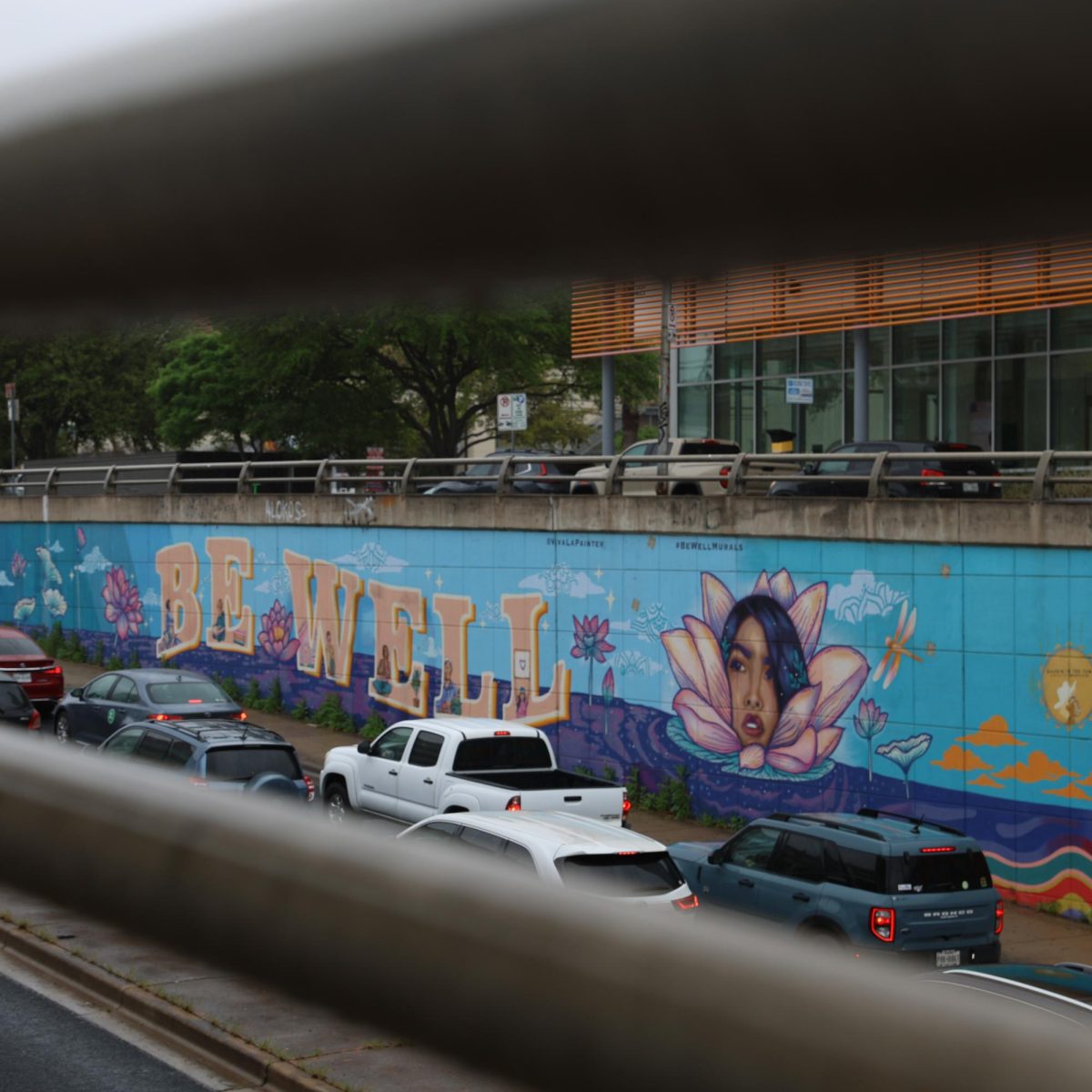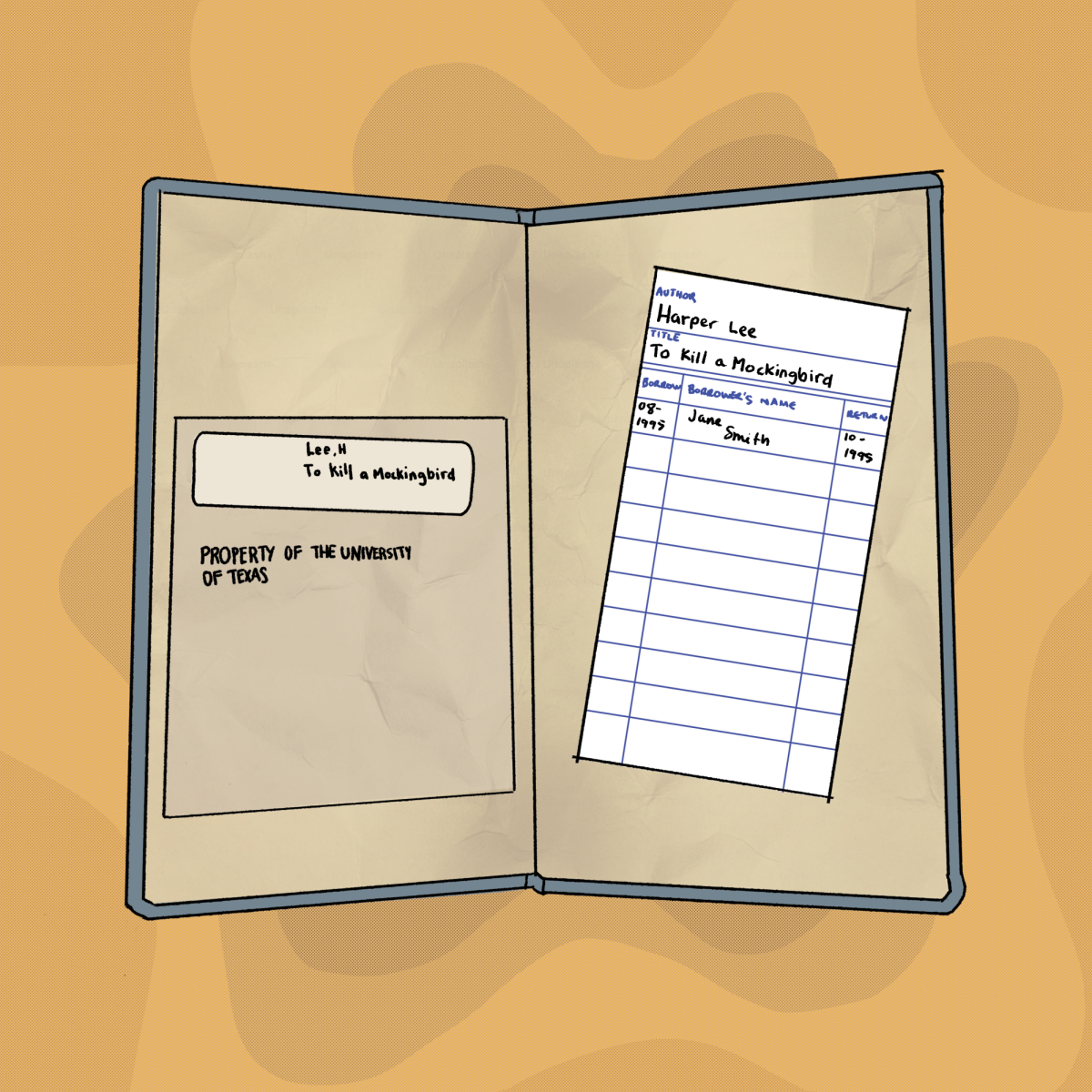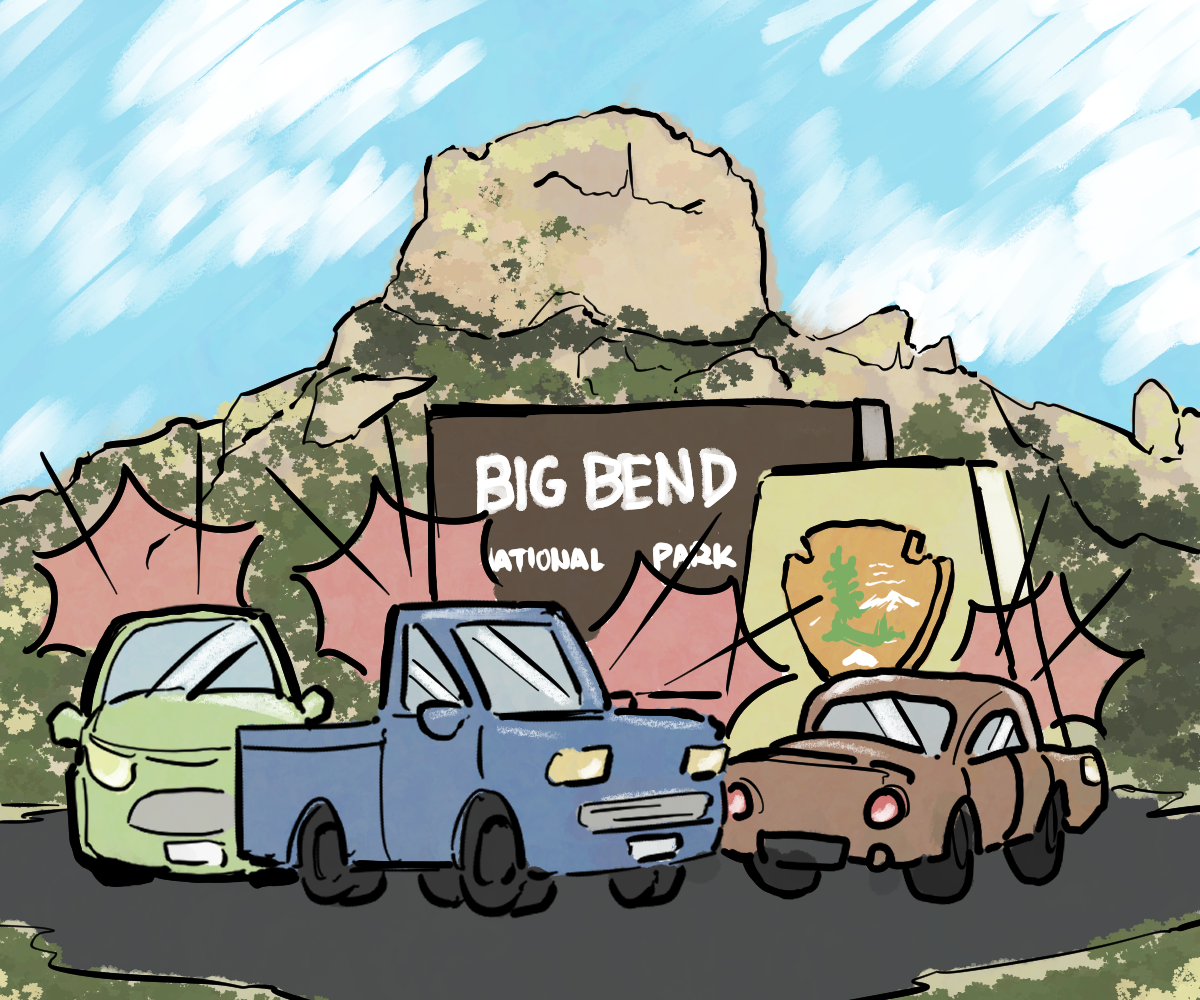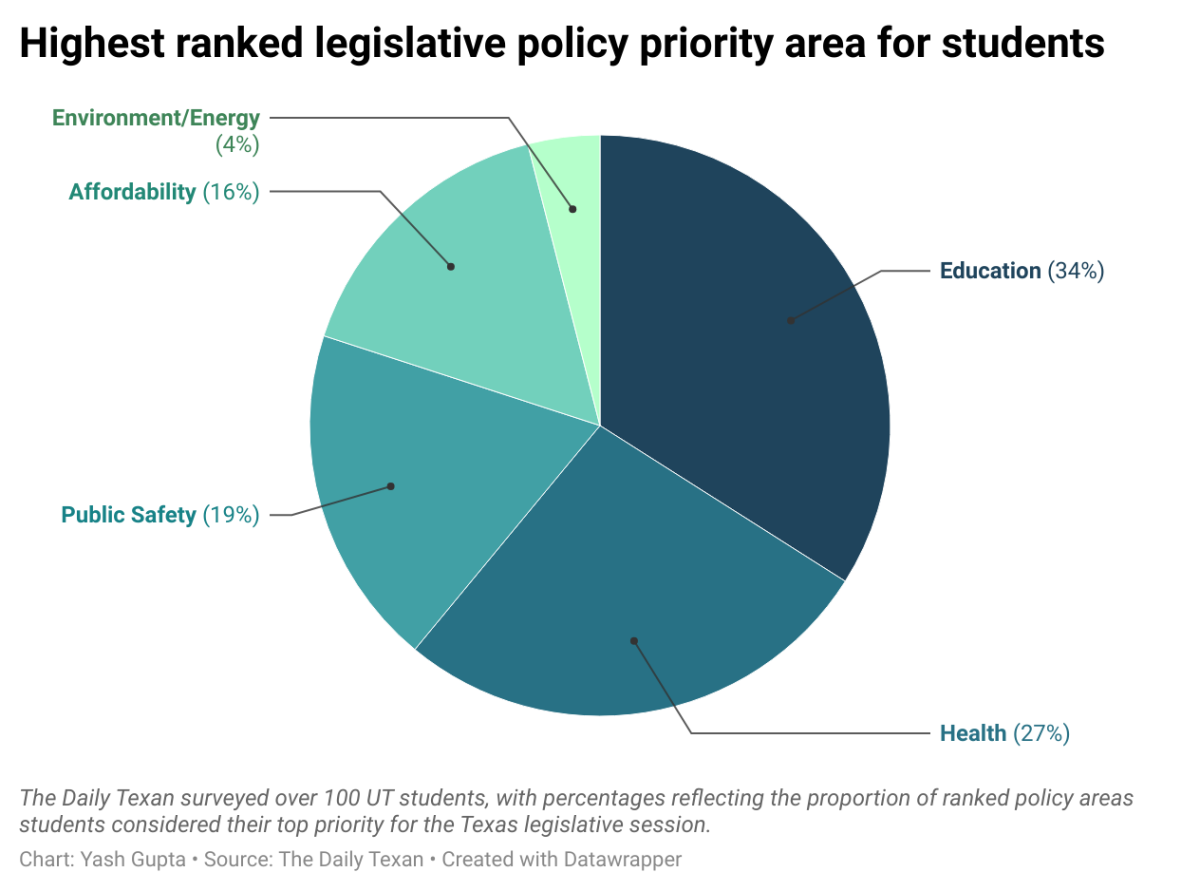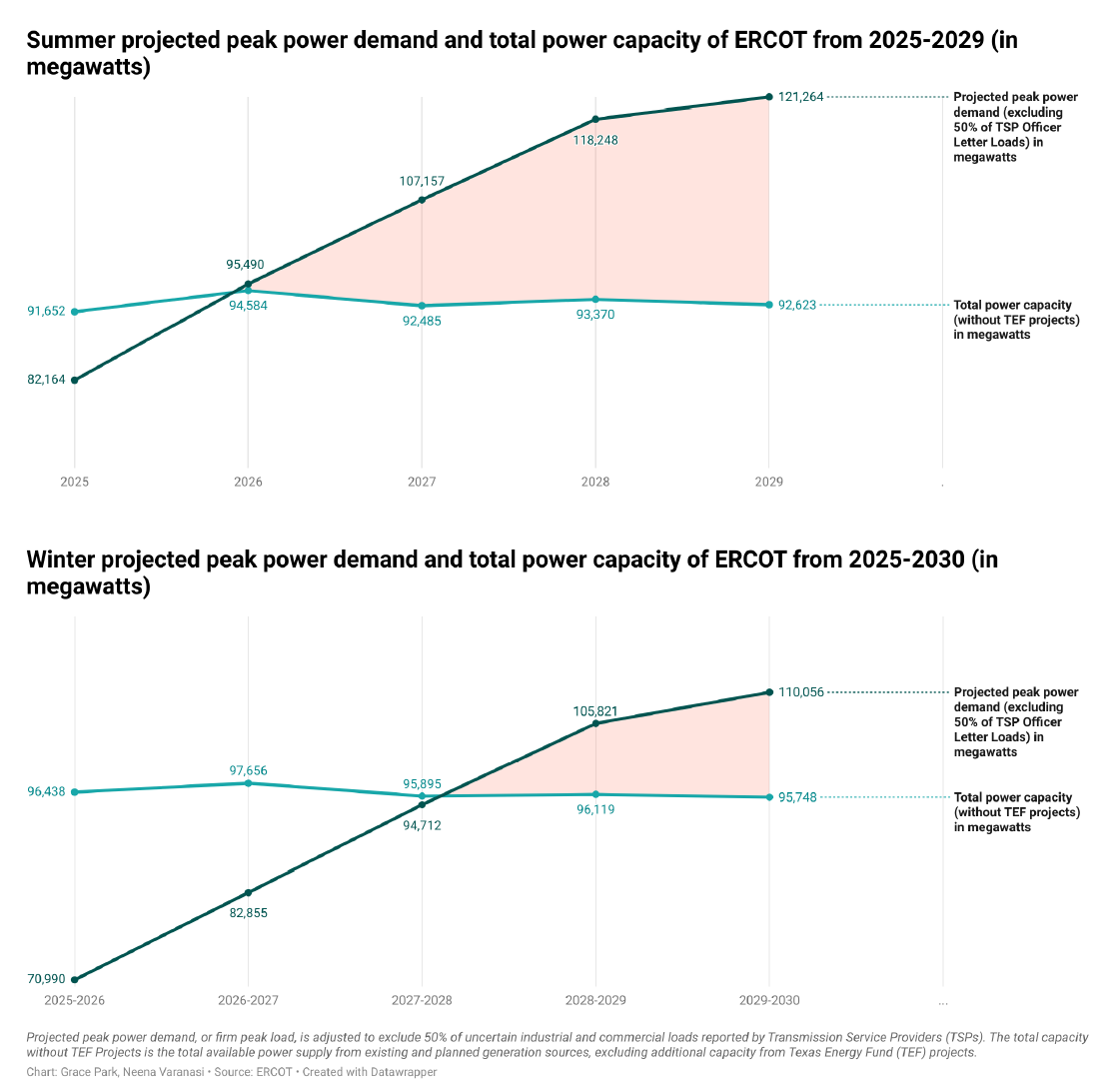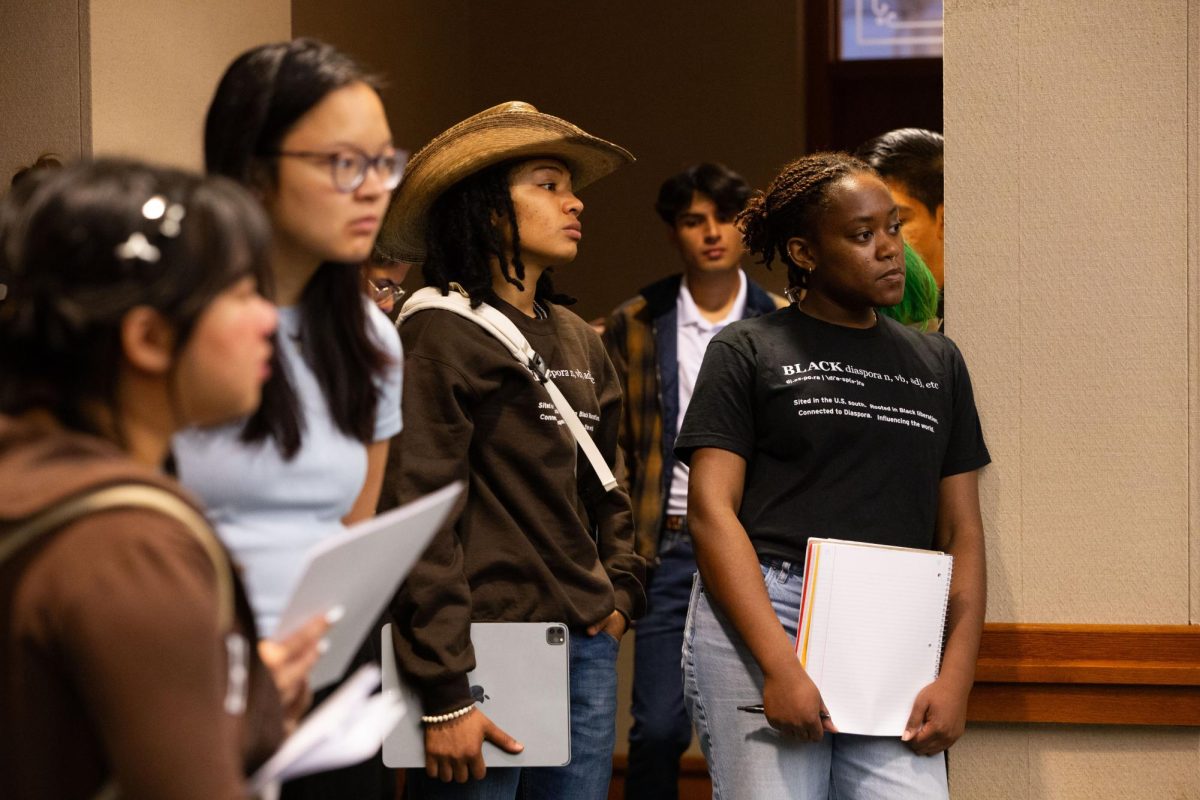Strings of 100-degree days are painful in early June. So are wildfires in May and dry farms during spring in Central Texas.
With symptoms such as these, it’s no surprise that more than 96 percent of the state is feeling the effects of a drought that began in October, according to the U.S. Drought Monitor and the Lower Colorado River Authority. About 57 percent of the state is suffering from an “exceptional” drought, the monitor’s most severe designation. Weather forecasts leave no reason to expect relief soon, and that spells trouble for farmers.
Wes Sims harvested his first crop as a teenager in the 1950s. Now the president of the Texas Farmers Union, Sims has seen the agricultural industry change over decades. After farming his way through many droughts in the past, he said he has little optimism for farmers this summer.
“I think that for most of South and Central Texas, this crop season is history,” Sims said. “To the north there remains a small window of time to plant crops, but that also looks doubtful.”
He said he believes farmers will need some form of assistance from the federal government in order to maintain good credit with banks. Recent federal budget cuts could mean a dry financial year for farmers. He said farms could have to foreclose, and the economic impact will hurt all Texans.
“[This would be] a nightmare for lots of people, not just farmers,” Sims said. “The magnitude of disaster for these losses will start with farmers, then spread its harm to the community. Many houses and farms could be lost, and nobody is crying wolf.”
In May, The Associated Press reported the drought could cost the state’s agriculture industry about $1.5 billion before it’s over, and that number keeps rising.
“It’s a very ugly picture,” Sims said.
Clara Tuma, spokeswoman for the Lower Colorado River Authority, said the energy and water supplier has asked customers to cut back by 5 percent after months of low rainfall and inflow to lakes from rivers. Cities, industries and farms comprise the authority’s customers, not individual homeowners.
She said that compared to the two-year drought that started in fall 2007 and lasted until fall 2009, this drought has been worse in intensity but not duration. Central Texas has also seen record heat. There have been 10 days with temperatures exceeding 100 degrees so far this year. In 2010, the first 100-degree day was June 16.
In the city, the drought’s impact is less direct. Austin Water Utility spokesman Jason Hill said customers in the city have been mindful of their daily water usage, and the city has been able to maintain Stage 1 water restrictions, which limit outdoor watering to twice per week. Hill said if the drought continues as expected, the city may have to enter Stage 2 restrictions, limiting watering to once per week.
“We feel confident customers will continue to be diligent about water usage, but there’s no predicting Mother Nature,” Hill said.



